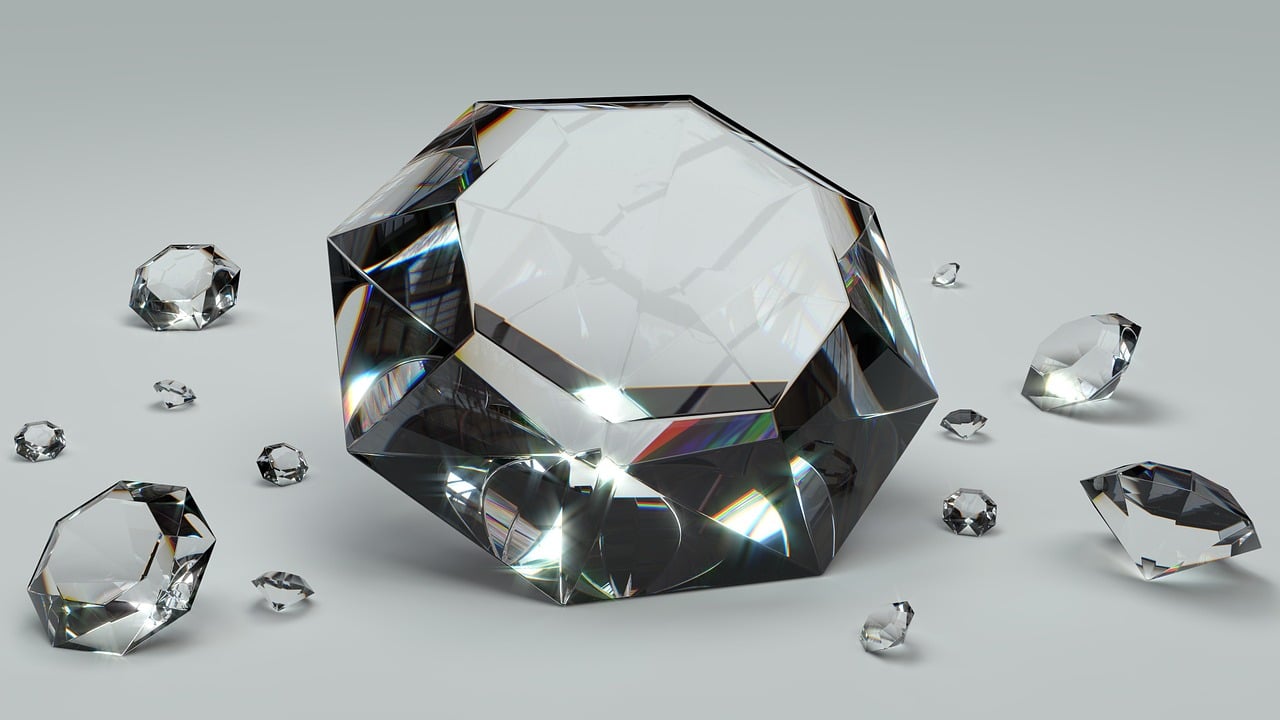
Vocabulary:
- core /kawr/
- originate /uh-RIJ-uh-neyt/
- formation /fawr-MEY-shuhn/
- harsh /hahrsh/
- realm /relm/
[noun] – the center of a planet
The temperature at the Earth’s core can reach up to 6,000 degrees Celsius.
[verb] – to come from a particular place, time, situation, etc.
Many of the traditions we celebrate during Christmas originate from ancient pagan festivals.
[noun] – the way something is naturally made or the way it has been arranged
The Grand Canyon is an awe-inspiring formation that took millions of years to create through erosion.
[adjective] – unpleasant, unkind, cruel, or more severe than is necessary
The teacher’s criticism was harsh, but it was necessary for me to improve my essay.
[noun] – an area of interest or activity
The world of science fiction often explores the realm of possibilities beyond our current technological capabilities.
Article reading:
Super-deep royal diamonds are unique diamonds formed at least 360 km below the Earth’s surface. They contain tiny mineral inclusions like bridgmanite and ferropericlase, which are only stable at such extreme depths. These inclusions offer researchers valuable insights into the deep Earth’s composition, dynamics, and evolution. By studying super-deep royal diamonds, scientists can learn about the origin of water on Earth, the recycling of crustal materials into the mantle, the behavior of seismic waves, and the stability of the inner core. One of the most exciting recent discoveries related to super-deep royal diamonds is the detection of water trapped inside them. In 2018, a team of researchers led by Graham Pearson at the University of Alberta analyzed a super-deep royal diamond from Botswana and found that it contained a small amount of water (about 1% by weight) that must have originated from the mantle. This discovery challenges the idea that the mantle is dry, suggesting that comets and asteroids brought water to Earth during its formation. It also raises questions about how water can survive in harsh conditions and impact mineral and magma behavior.
In conclusion, scientists can use advanced techniques of diamond synthesis, high-pressure and high-temperature experiments, and non-destructive imaging to uncover mysteries of the super-deep realm and gain insights into our planet’s past, present, and future. The next super-deep royal diamond may reveal new secrets.
Discussion Questions:
- Have you ever seen a diamond in real life? If so, what was your reaction? If not, would you like to see one? Why or why not?
- Have you ever wondered what secrets the next super-deep royal diamond might reveal? What do you think scientists might discover?
- Do you agree that the discovery of super-deep royal diamonds has the potential to change our understanding of the Earth’s composition and evolution?
- Do you think the study of super-deep royal diamonds is worth the cost and effort required to extract and analyze them? Why or why not?
- How might the scientific community use the insights gained from the study of super-deep royal diamonds to address environmental challenges facing our planet?
Summarization
Describe:
- mantle
- fascinating
- form
- evolution
- experiment